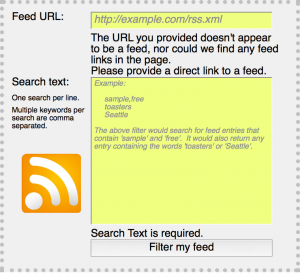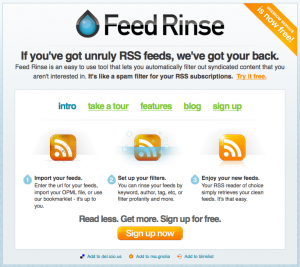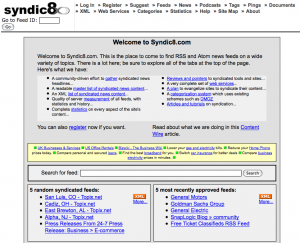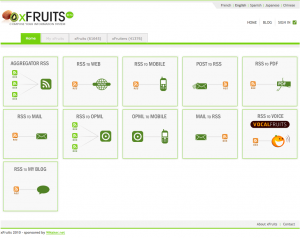The SEO Rule of 3 is fairly simple yet amazingly powerful for producing high rankings on ALL search engines. If you don’t remember anything else about SEO for blogging remember these 3 rules.
- Hierarchy
- Density
- Popularity
Because it is called the SEO Rule of 3, everything in this article will happen in 3’s. The first step in the process is picking keywords. You want to pick 3 keywords or phrases that you want to own. For example this post on How to Solve Flash Error 1009 follows the SEO Rule of 3. If you do a Google search for the keywords “Flash Error 1009”, “AS3 Error 1009” or “Actionscript Error 1009” you will see that in each case this blog comes up first or second. Google has a fantastic little tool that you can use quickly to find out the most popular keywords. Read “7 Tips to Get People to Read Your Blog” to find out what this simple tool is.
Be specific enough that you will be able to get the top spot but not so specific that only 3 people will ever search for it. For example “The Rule of 3” links to several Wikipedia articles about story telling and why 3 is the magic number for story telling like in the example of the 3 bears. Google shows (as of the time of this post) that there are “About 833,000,000 results (0.26 seconds)” yet if I type in “SEO Rule of 3” there are only “About 15,100,000 results (0.13 seconds)” which means I have 818MM fewer sites to compete with. 15 million is totally doable to capture a top search term like “SEO Rule of 3.”
Once you have determined what 3 keywords you will own, let’s jump right into The SEO Rule of 3. Here are the 3 SEO Rules one more time: 1. Hierarchy, 2. Density and 3. Popularity
- Hierarchy – The key concept here is to put the keyword into each of the 3 steps in the Google search hierarchy. Google starts with the URL, next is the Page Title, and then the header. Of course Google also searches the body text but these have much less gravitas than the hierarchical order that Google uses. We address the body text in the next rule.
- URL – Make sure that the URL has the most important keyword in it.
- Page Title – This is the title that displays in the top of the browser.
- Header – When blogging this is the post title. Put the keyword exactly how you want it in the title.
- Density of Keywords – Google will rank you higher if you have the appropriate amount of keywords in your post. The structure below will provide that density. You can actually overdo the number of keywords and Google will penalize you for it. This guideline will be effective but also keep you safe from negatively impacting your posts.
- First Paragraph 3 times
- Body of article 3 additional times
- Write the keywords in 3 slightly different ways
- Flash Error 1009
- ActionScript Error 1009
- AS3 Error 1009
- Popularity – One of the way Google ranks sites is based on what other sites think(or link) of them. I know this may be reminiscent of High School elections, but in this case Popularity is extremely important. Post to at least 3 different sites that rank high for the keywords you are targeting. Simply do a Google search for the keyword and start at the top of the results. Make sure that your comments are relevant and germane to the conversation. People like it when a linking comment provides additional content or a unique perspective on the subject. Be descriptive in the comment and link back to your site with the keyword linked. For example don’t say I have a cool site click here to check it out. Instead say, “This may help you with your SEO ranking” or “Here is another perspective on how to rank high on search engines”
- A different yet popular blog
- News site that is covering the topic
- Popular site on the topic like a product site or support forum.
To sum up the SEO Rule of 3 is simply giving Google (and the other search engines) the food they hunger for, specifically Hierarchy, Density and Popularity.
Happy Blogging.
Curtis J. Morley















